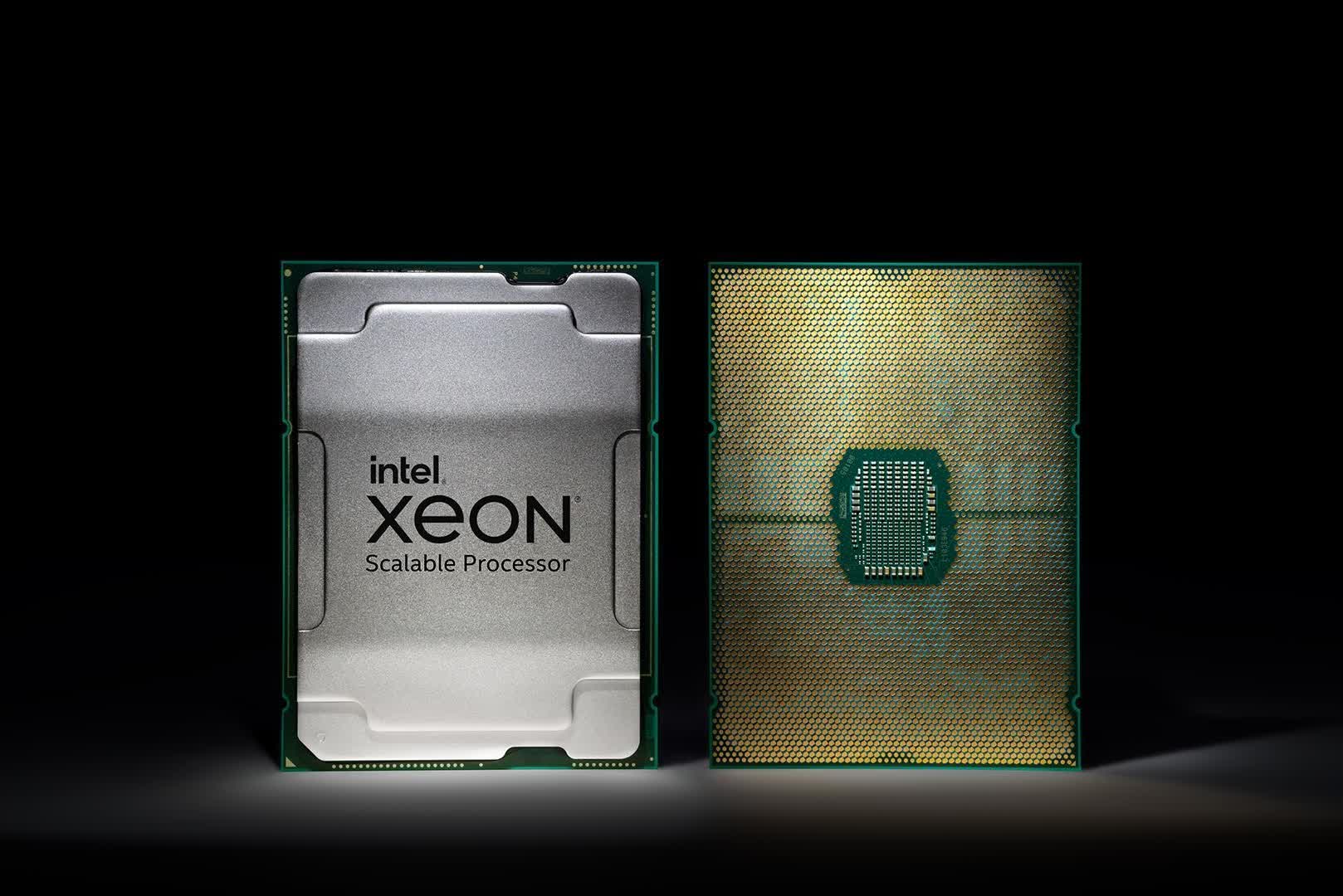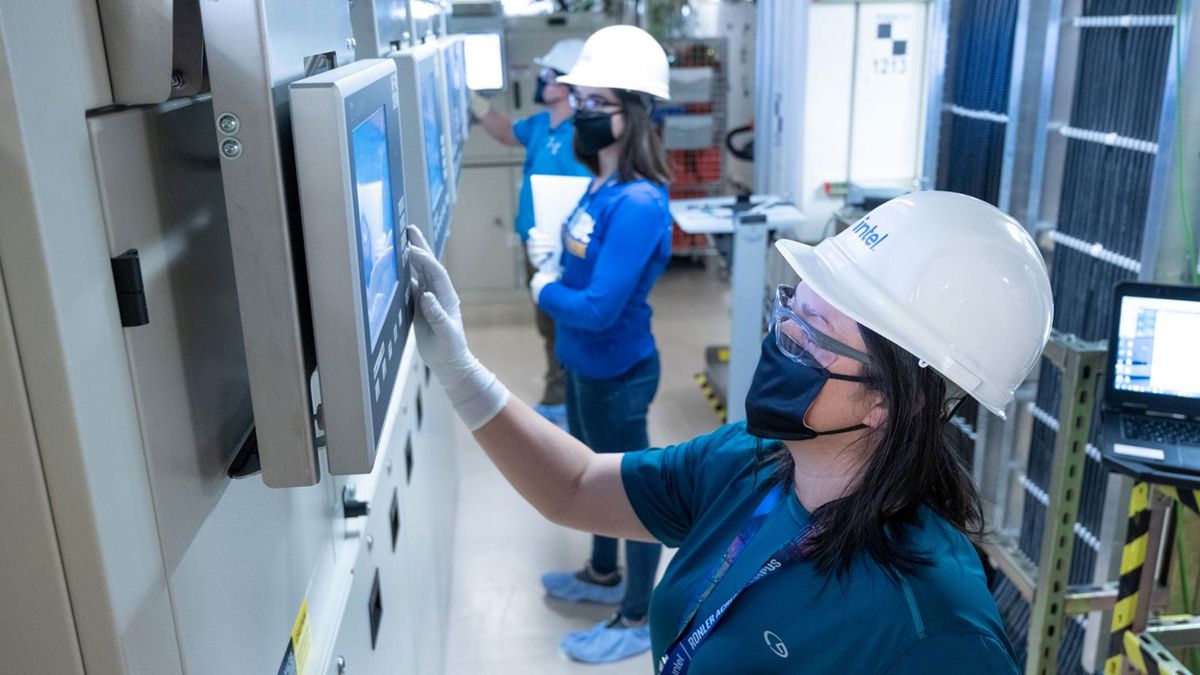In context: While Intel still commands a massive 90% share of the x86 server CPU market, AMD has been gaining ground ever since releasing its Zen-based Epyc chips. Intel hopes to put a halt to that with their upcoming Xeon Sapphire Rapids lineup, expected to launch later this year.

Intel's next generation of Xeon data center processors, codenamed Sapphire Rapids, just got leaked. Like Intel's consumer Alder Lake lineup, it will feature the chipmaker's Golden Cove architecture and Intel 7 process node, previously known as 10 nm Enhanced SuperFin.
After several delays, the processors are expected to debut later this year, around the same time as Intel's mainstream Raptor Lake series. They will offer up to 56 cores and 112 threads and come with a maximum TDP of 350W. It's worth noting that the enforced BIOS power limit is set at a staggering 764W, a target it could reach under workloads using AVX-512.
As we can see from the leaked screenshots, the 56-core engineering sample features 112MB of L2 cache and 105MB of L3 cache. Intel will also launch models with up to 64GB of on-package HBM2e acting as an L4 cache. The leaked CPU also has a base clock of 1.9 GHz and a 3.3 GHz boost clock, although it can boost up to 3.7 GHz on a single core. Shipping products might run at different frequencies, as this is only an engineering sample.
This design could be either the Xeon Platinum 8476 or the Platinum 8480, as both are predicted to feature 56 cores and 112 threads. The CPU was tested on Intel's C741 (Emmitsburg) platform with 1TB of DDR5 memory running at CL40-39-38-76 timings and support for PCI-Express 5.0.

These CPUs will go up against AMD's Epyc 7004 (Genoa) series, which should arrive around the same time. Those will feature the new Zen 4 architecture, up to 96 cores and 192 threads, and are going to be built using TSMC's 5nm node.
Image credit: @yuuki_ans
https://www.techspot.com/news/94256-next-gen-xeon-cpu-leaks-56-cores-350w.html

